Call or Text us at


At Beach Auto Repair, our skilled mechanics specialize in diagnosing and addressing
engine-related issues, whether it's poor performance, unusual noises, or a worn-out
engine component. We promptly conduct the necessary repairs based on the specific
requirements.
Reduced engine performance can result from various factors, including neglected
maintenance or worn-out components. Our technicians excel at swiftly and
professionally repairing engine problems, ensuring your vehicle runs smoothly and
efficiently. Feel free to contact us if you are in need of expert engine repair
services to restore your vehicle's optimal performance.
Call or Text us at

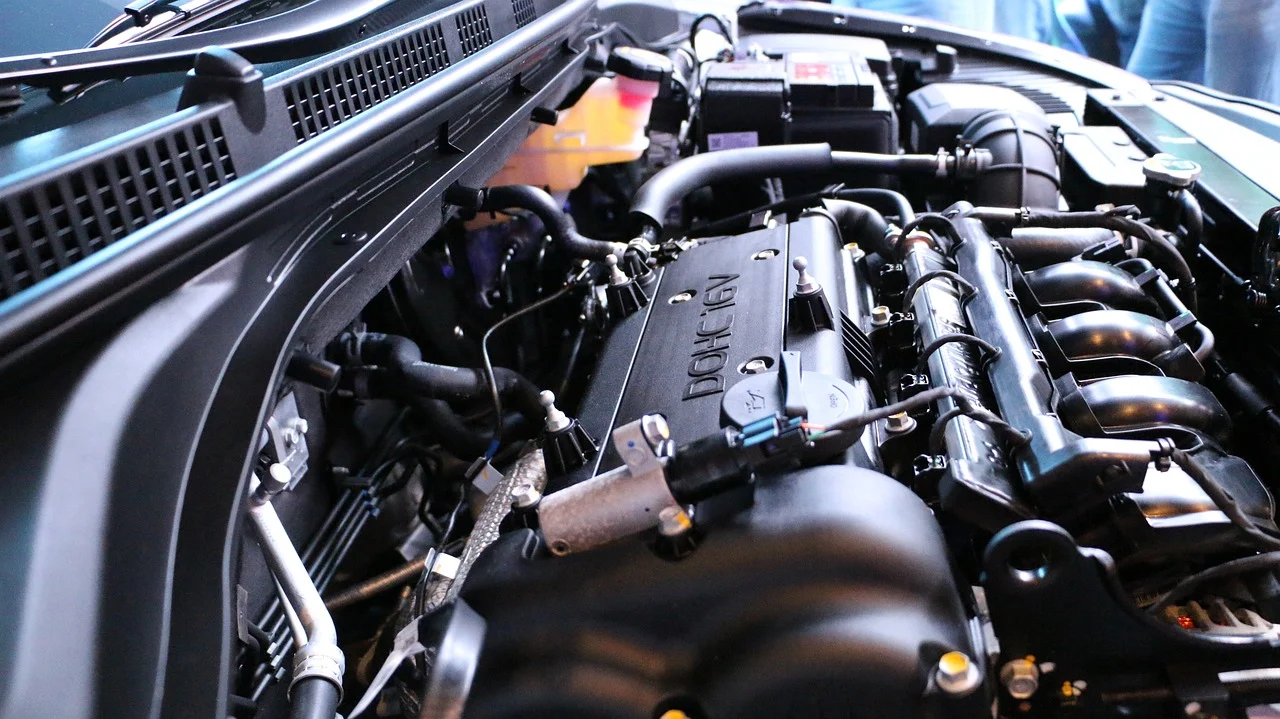
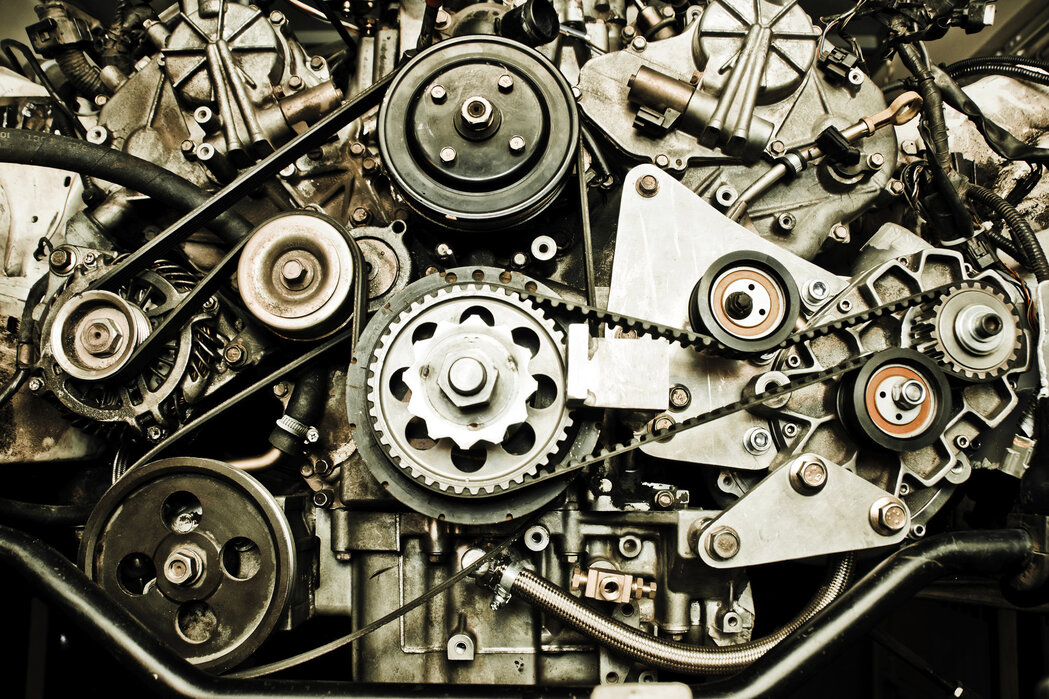


There are several key aspects to be aware of when understanding the purpose of an automotive engine. Here are some important points to consider:
1. Power Generation: The primary purpose of an automotive engine is to generate power. Automotive engines convert chemical energy stored in fuel, such as gasoline or diesel, into mechanical energy. This mechanical energy is used to turn the vehicle's wheels, propelling it forward.
2. Internal Combustion: Most automotive engines operate on the principle of internal combustion. This process involves mixing fuel with air in the engine's cylinders and igniting it to create controlled explosions. These explosions generate force that drives pistons, which are connected to a crankshaft, resulting in rotational motion and power generation.
3. Cylinder Arrangement: Automotive engines come in various cylinder arrangements, such as inline, V-shaped, or flat (boxer) layouts. The specific arrangement can affect the engine's performance, smoothness, and efficiency.
4. Variety of Engines: Different vehicles require different types of engines to meet their specific needs. For example, small compact cars may use four-cylinder engines for fuel efficiency, while larger vehicles, like trucks and SUVs, may employ six or eight-cylinder engines for increased power.
5. Efficiency and Emissions: Automotive engineers strive to balance power generation with fuel efficiency and environmental considerations. Advancements in engine technology, such as direct fuel injection and turbocharging, aim to improve efficiency and reduce harmful emissions.
6. Electrification: With the rise of hybrid and electric vehicles, automotive engines have evolved to work in conjunction with electric motors and batteries. These hybrid systems aim to provide both power and improved fuel efficiency.
7. Transmission Interaction: Automotive engines are designed to work in tandem with transmissions, whether manual or automatic. The engine's power output is transmitted to the wheels through the transmission, allowing for variable speed control.
8. Adaptability: Automotive engines are adaptable and used in various types of vehicles, from cars and trucks to motorcycles and boats. Different engines are designed to meet the specific needs of each vehicle type.
9. Auxiliary Functions: In addition to power generation, engines often power various auxiliary systems, such as air conditioning, power steering, and electrical components, ensuring a comfortable and functional driving experience.
10. Ongoing Research: Engine design and technology continue to evolve. Ongoing research focuses on creating more powerful, fuel-efficient, and environmentally friendly engines to meet changing consumer and regulatory demands.
Understanding these key points about the purpose of automotive engines provides insight into their critical role in powering vehicles and the ongoing efforts to make engines more efficient and environmentally friendly.
There are several key aspects to be aware of when considering common failures of automotive engines. Here are some important points to consider:
1. Overheating: One of the most common engine failures is overheating. It can result from coolant leaks, a malfunctioning thermostat, a damaged radiator, or a failing water pump. Overheating can lead to engine damage and should be addressed promptly.
2. Oil Leaks: Oil leaks can occur due to worn gaskets, seals, or a damaged oil pan. If left unattended, oil leaks can lead to low oil levels, which may cause engine friction and damage.
3. Timing Belt or Chain Failure: Timing belts or chains can break or become worn over time, leading to engine misfires or, in worst cases, catastrophic engine damage. Regular replacement based on manufacturer recommendations is essential.
4. Blown Head Gasket: A blown head gasket can result from overheating or engine stress. It causes coolant and oil to mix, leading to poor engine performance, overheating, and potential engine damage.
5. Fuel System Issues: Problems with the fuel system, such as a failing fuel pump, clogged fuel filter, or malfunctioning fuel injectors, can result in poor fuel delivery, reduced engine power, and stalling.
6. Electrical and Ignition Failures: Electrical issues, such as a malfunctioning ignition coil or spark plugs, can lead to misfires, poor fuel efficiency, and difficulty starting the engine.
7. Exhaust System Failures: Corrosion and rust in the exhaust system can lead to leaks, increased noise, reduced engine efficiency, and potential emissions problems.
8. Engine Knocking: Engine knocking can occur due to poor fuel quality, improper timing, or damaged engine components. It can lead to severe engine damage if not addressed promptly.
9. Lack of Maintenance: Neglecting regular maintenance, such as oil changes, air filter replacements, and coolant flushes, can accelerate engine wear and increase the risk of failures.
10. Oil Sludge Buildup: Poor maintenance and infrequent oil changes can lead to the buildup of oil sludge, which can clog vital engine passages, reduce lubrication, and cause engine damage.
11. Coolant Contamination: Mixing different types of coolant or using the wrong coolant can lead to coolant contamination, which can damage the engine's cooling system and cause overheating.
12. Cylinder Compression Issues: Reduced compression in one or more cylinders can result from worn piston rings or damaged valves, leading to decreased engine power and efficiency.
13. Broken or Bent Valves: Valves can break or bend due to engine stress or timing issues, causing loss of compression and engine misfires.
14. Engine Mount Failure: Worn or damaged engine mounts can result in excessive engine movement, leading to increased vibration, noise, and potential damage to other components.
By understanding these key points about common failures of automotive engines, vehicle owners can be more proactive in maintenance and take early action to address issues, ultimately prolonging the engine's lifespan and ensuring reliable performance.


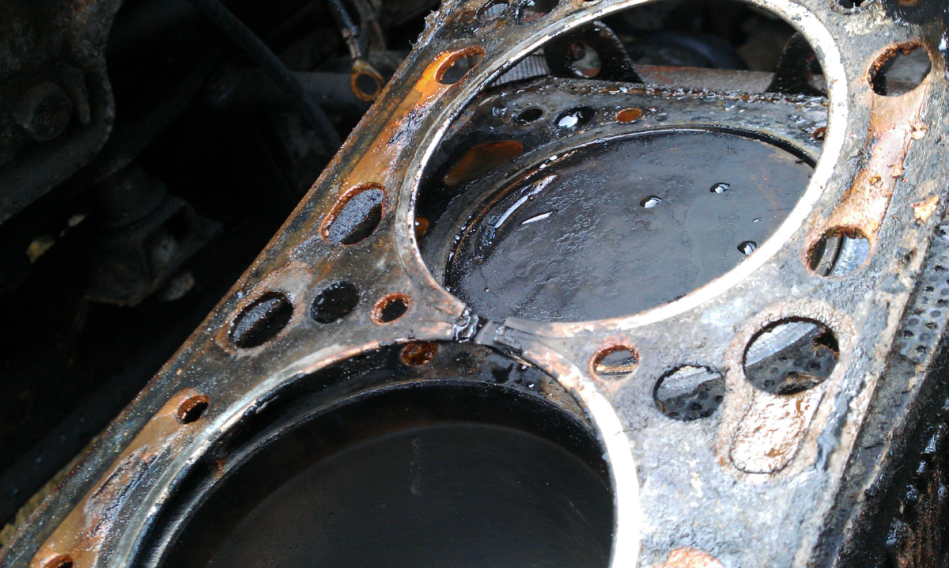
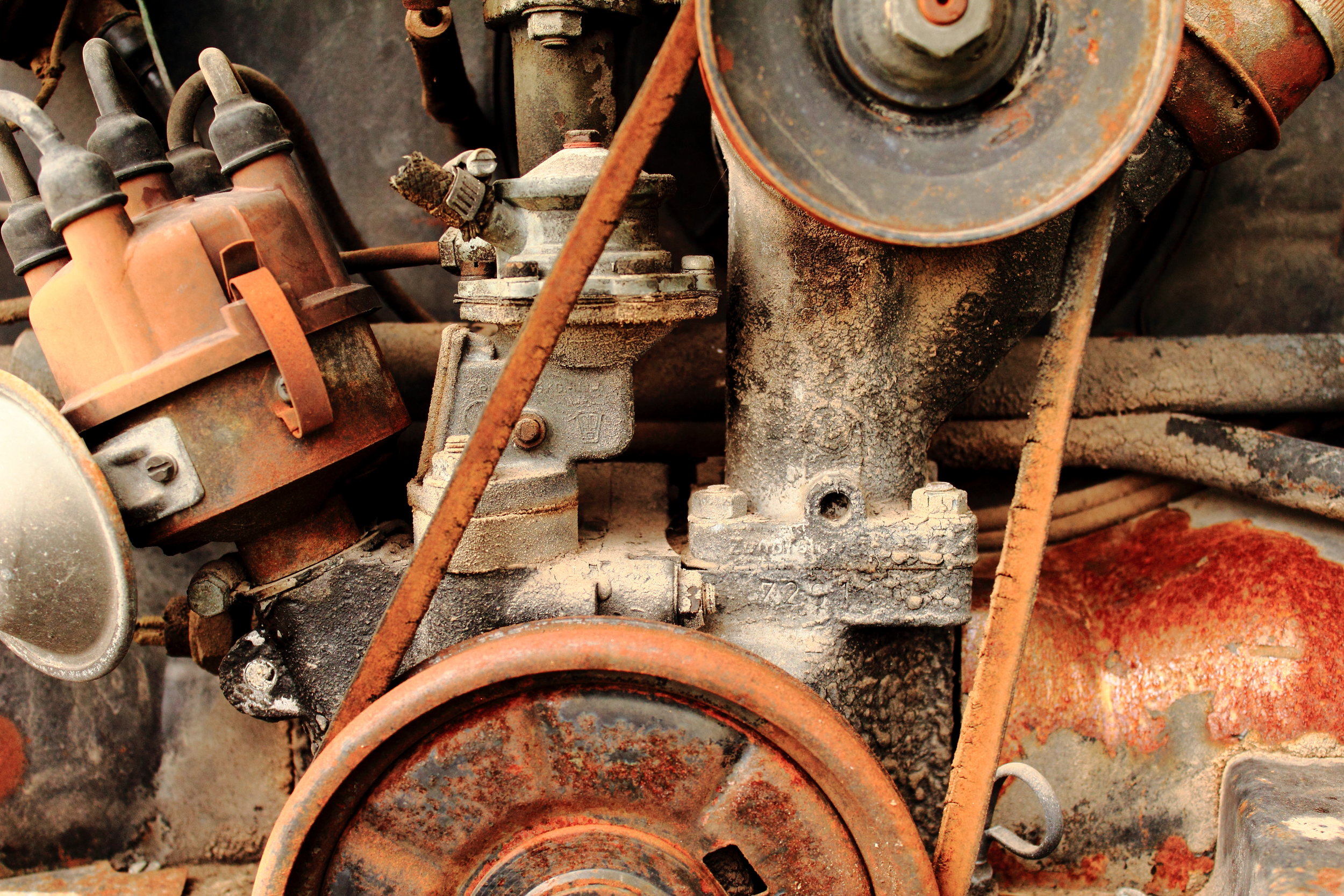
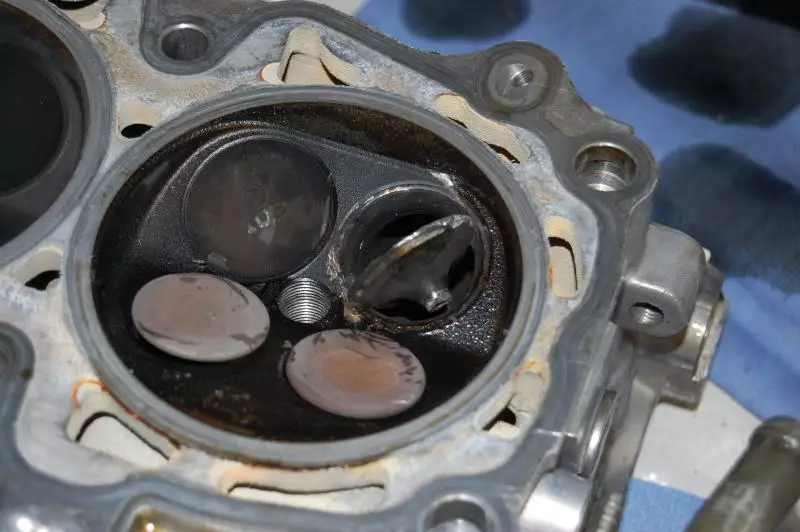

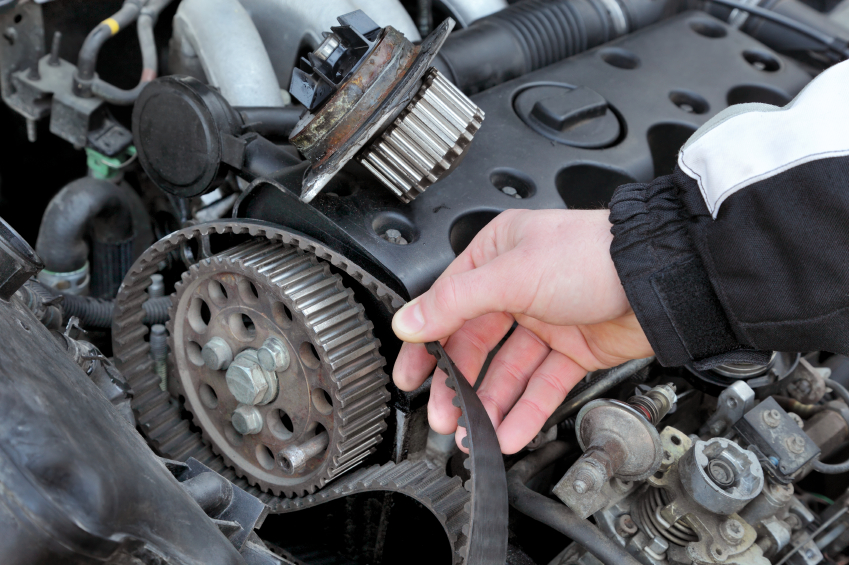


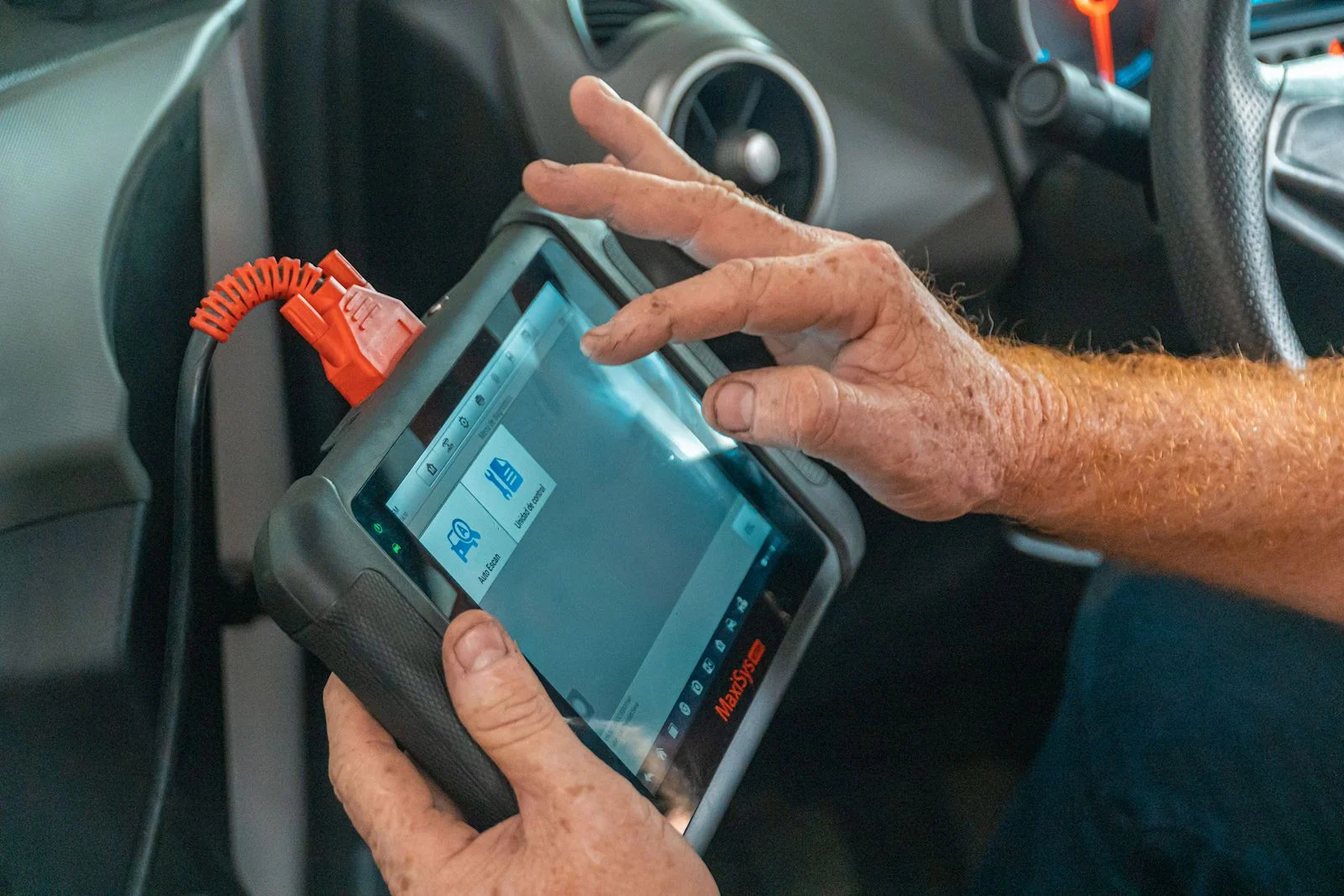
Properly servicing your automotive engine is crucial for maintaining your vehicle's health and performance. Here are some key points to consider:
1. Regular Maintenance: Just like any other component in your vehicle, the engine requires regular maintenance to ensure optimal performance. This includes routine tasks such as oil changes, air filter replacements, and spark plug inspections. Following the manufacturer's recommended maintenance schedule is essential.
2. Oil Changes: Regular oil changes are crucial to keep the engine properly lubricated. Fresh oil helps reduce friction, remove contaminants, and prevent engine wear. The type and viscosity of oil should match the manufacturer's recommendations.
3. Cooling System Maintenance: The engine's cooling system, including the radiator and coolant, should be inspected and maintained. Coolant levels should be checked, and coolant should be flushed and replaced as recommended to prevent overheating and corrosion.
4. Timing Belt/Chain Replacement: If your vehicle has a timing belt, it's important to replace it at the specified interval to avoid potential engine damage. Vehicles with timing chains may require inspection and replacement if signs of wear are present.
5. Air Filter Replacement: The engine's air filter prevents contaminants from entering the combustion chamber. Regularly inspect and replace the air filter to ensure optimal air quality and engine efficiency.
6. Fuel System Cleaning: Periodic fuel system cleaning can help remove carbon deposits and improve fuel efficiency. This may involve using fuel additives or having the fuel injectors professionally cleaned.
7. Spark Plug Maintenance: Inspect and replace spark plugs as needed to maintain proper ignition and combustion. Worn or fouled spark plugs can lead to poor fuel economy and reduced performance.
8. Exhaust System Inspection: Regularly inspect the exhaust system for leaks, rust, or damage. A damaged exhaust system can impact engine performance and increase emissions.
9. Engine Diagnostic Scans: Modern vehicles are equipped with onboard diagnostic systems that can identify engine issues. If the check engine light or other warning lights illuminate, have the engine scanned for trouble codes to pinpoint the problem.
10. Valve Adjustment: In some vehicles, the engine's valves may require periodic adjustment to ensure proper operation and prevent valve-related issues.
11. Gasket Inspection: Inspect engine gaskets, including the head gasket, for signs of leaks or damage. A leaking gasket can lead to coolant or oil leaks and engine overheating.
12. Engine Cleaning: Regularly cleaning the engine bay can help prevent the buildup of dirt and contaminants that can affect engine performance and cooling.
13. Belt and Hose Inspection: Inspect the engine's belts and hoses for signs of wear, cracking, or damage. Replacing these components as needed can prevent unexpected failures.
14. Professional Inspection: For comprehensive engine servicing and diagnostics, it's advisable to have a professional technician inspect your engine periodically. They can identify potential issues and provide expert recommendations.
By understanding these key points and staying proactive in maintaining your automotive engine, you can ensure it operates efficiently, provides reliable performance, and prolongs the lifespan of the engine components.
Let us know how we can help.